Rice-IISc Strategic Collaboration Awards (SCA)
Rice-IISc 2024 SCA Award Winners
- Deep Generative Models for Solving Inverse Problems in Imaging
- Development of a Single Dose, Pulsatile Release, Viral Vaccine Formulation
- Novel Membrane Materials and Processes for Organic Solvent Recovery
- Calcium Isotope as a Probe for Crustal Recycling, Mantle Heterogeneity, and Genesis of Critical Minerals-forming Carbonatite Rocks
- Two-Dimensional High Entropy Alloys (2D HEA)
Deep Generative Models for Solving Inverse Problems in Imaging
This collaborative project is focused on solving inverse problems in state-of-the-art lens-free imaging modalities with emphasis on developing computationally efficient algorithms and model-based provably convergent algorithms... This collaboration will leverage state-of-the-art GenAI (generative artificial intelligence) frameworks to develop practically deployable solutions that promise an unprecedented image reconstruction quality. This collaboration will pave the way for stronger ties between IISc and Rice University. Expand for full Project Abstract
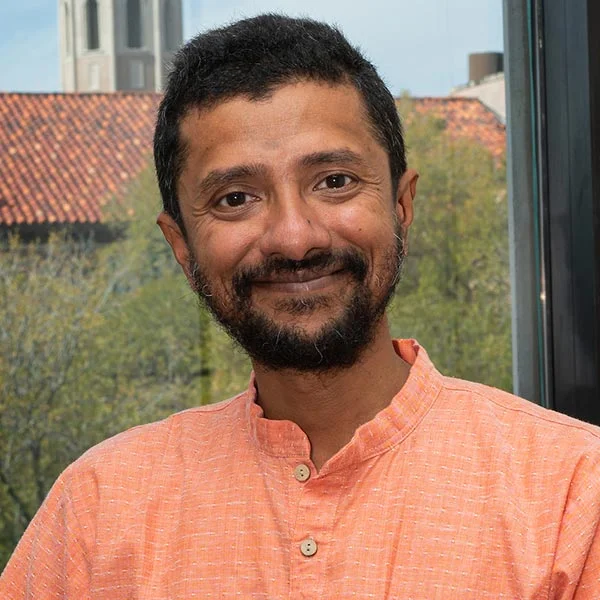
Professor, Electrical and Computer Engineering & Computer Science, Rice University

Professor, Department/ Centre Electrical Engineering, IISc
Development of a Single Dose, Pulsatile Release, Viral Vaccine Formulation
A recent landmark study by WHO estimates that vaccines have saved more than 150 million lives and prevented illness in countless others, yet the need to immunize all people to prevent disease imposes major accessibility challenges, particularly in low-resource settings, as was seen during the COVID-19 pandemic... In this project, Dr. Raghavan Varadarajan, a Professor in the Molecular Biophysics Unit at the Indian Institute of Science, and Dr. Kevin McHugh, an Assistant Professor of Bioengineering, are teaming up to encapsulate Dr. Varadarajan's thermostable COVID-19 vaccine in Dr. McHugh's pulsatile-release vaccine delivery system to create a single-injection COVID-19 vaccine that enhances and prolongs protection against the disease without the need for frequent injections. In the long term, they envision this strategy being employed broadly for all vaccines, overcoming barriers to vaccine accessibility and lowering healthcare costs globally. Expand for full Project Abstract
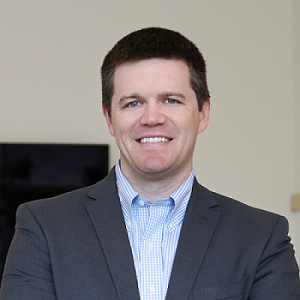
Assistant Professor of Bioengineering CPRIT Scholar in Cancer Research, Rice University
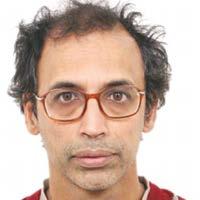
Professor, Department of Molecular Biophysics Unit, IISc
Novel Membrane Materials and Processes for Organic Solvent Recovery
Organic solvents and their mixtures comprise a significant fraction of industrial waste: for example, the pharmaceuticals industry produces 25-100 kg of waste per kilogram of product, and 50-60% of that is organic .. solvent-based; this sector is of major importance in India, the country being the largest global producer of generic medicine. While pervaporation is a decades-old technology, membranes to tackle ‘harsh’ solvents relevant to various industries, as well as low permeation rates, have not allowed it to fly in practice. With the combined expertise of nanophotonics-enhanced membrane processes from Prof. Qilin Li’s group at Rice University and membrane system design in Dr. Yagnaseni Roy’s group at IISc, both mentioned bottlenecks to pervaporation will be overcome, thereby sharpening the edges of this technology, and enabling it to move the world to a cleaner and greener future. Expand for full Project Abstract
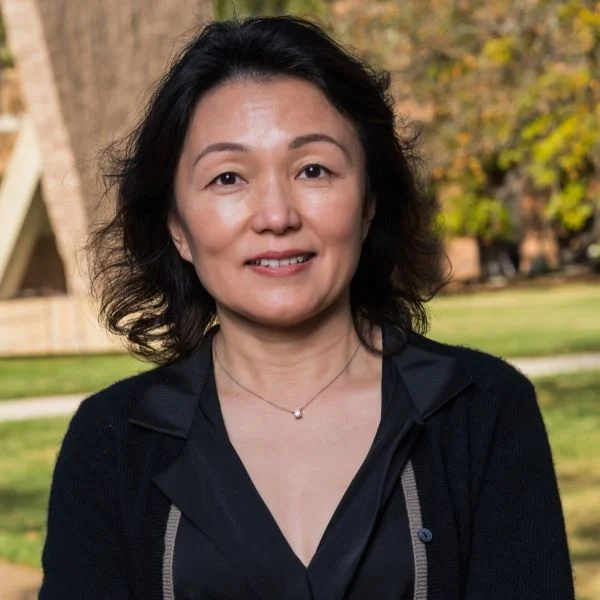
Professor of Civil & Environmental Engineering | Co-Director, NEWT Center, Rice University
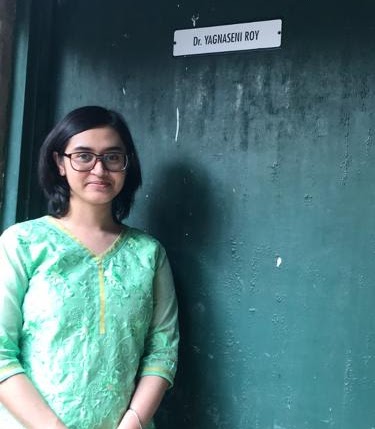
Assistant Professor, Centre for Sustainable Technologies, IISc
Calcium Isotope as a Probe for Crustal Recycling, Mantle Heterogeneity, and Genesis of Critical Minerals-forming Carbonatite Rocks
.. Expand for full Project Abstract
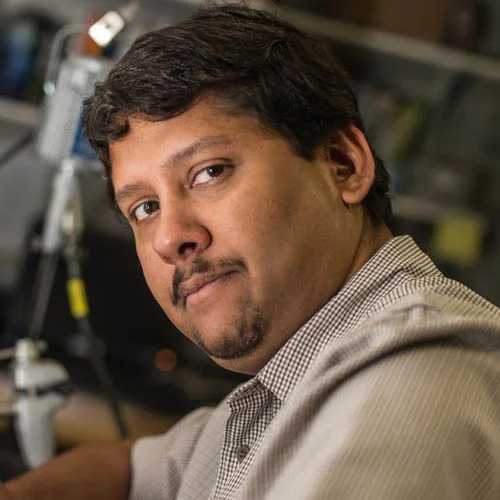
W. Maurice Ewing Professor of Earth Systems Science, Earth, Environmental and Planetary Sciences, Rice University

Professor, Centre for Earth Sciences, IISc
Two-Dimensional High Entropy Alloys (2D HEA)
One fascinating aspect of bulk high-entropy materials is the "cocktail effect". .. This effect occurs when multiple elements are mixed, resulting in enhanced properties that are not present in any of the individual elements. We will be investigating the extent to which this effect can be translated to 2D structures. Consequently, the project involves the synthesis of 2D high-entropy alloys, their detailed characterization in terms of composition and structure, and the emergent properties thereof. Expand for full Project Abstract
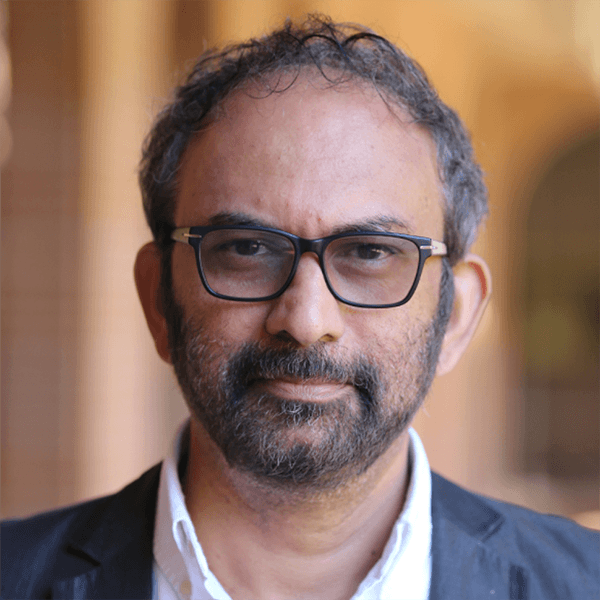
Professor of Engineering | Chair, Department of Materials Science and NanoEngineering, Rice University

Satyam Suwas (pictured) & Surendra K Makineni
Co-PIs, Professor and Assistant Professor, Department of Materials Engineering, IISc